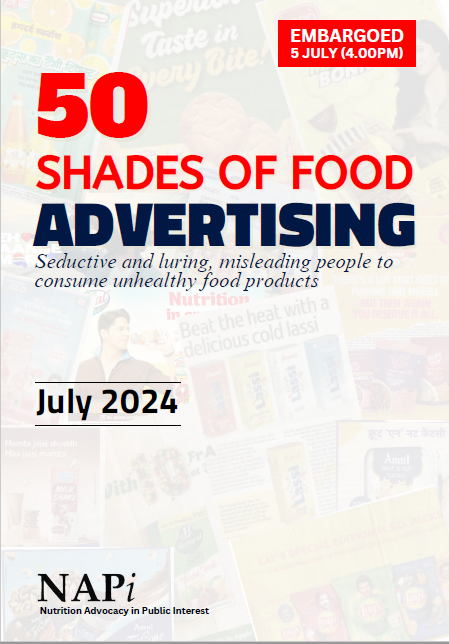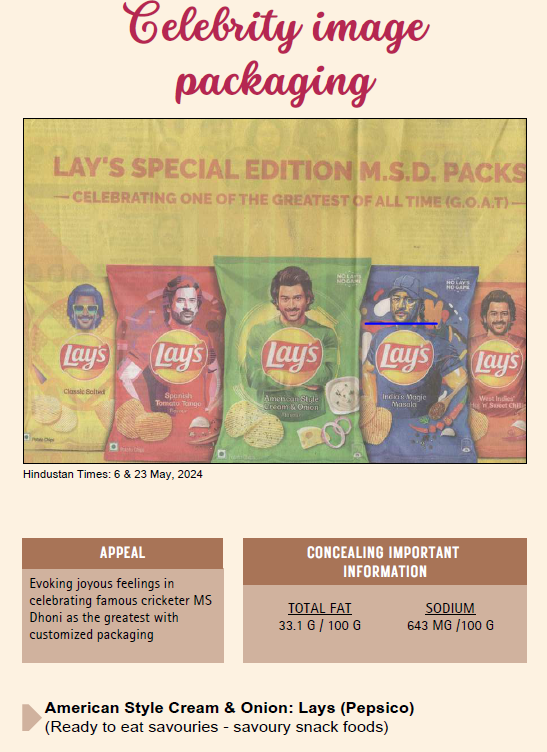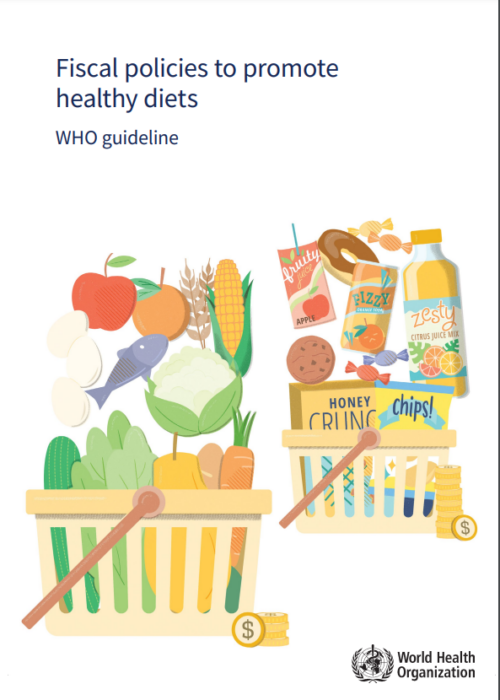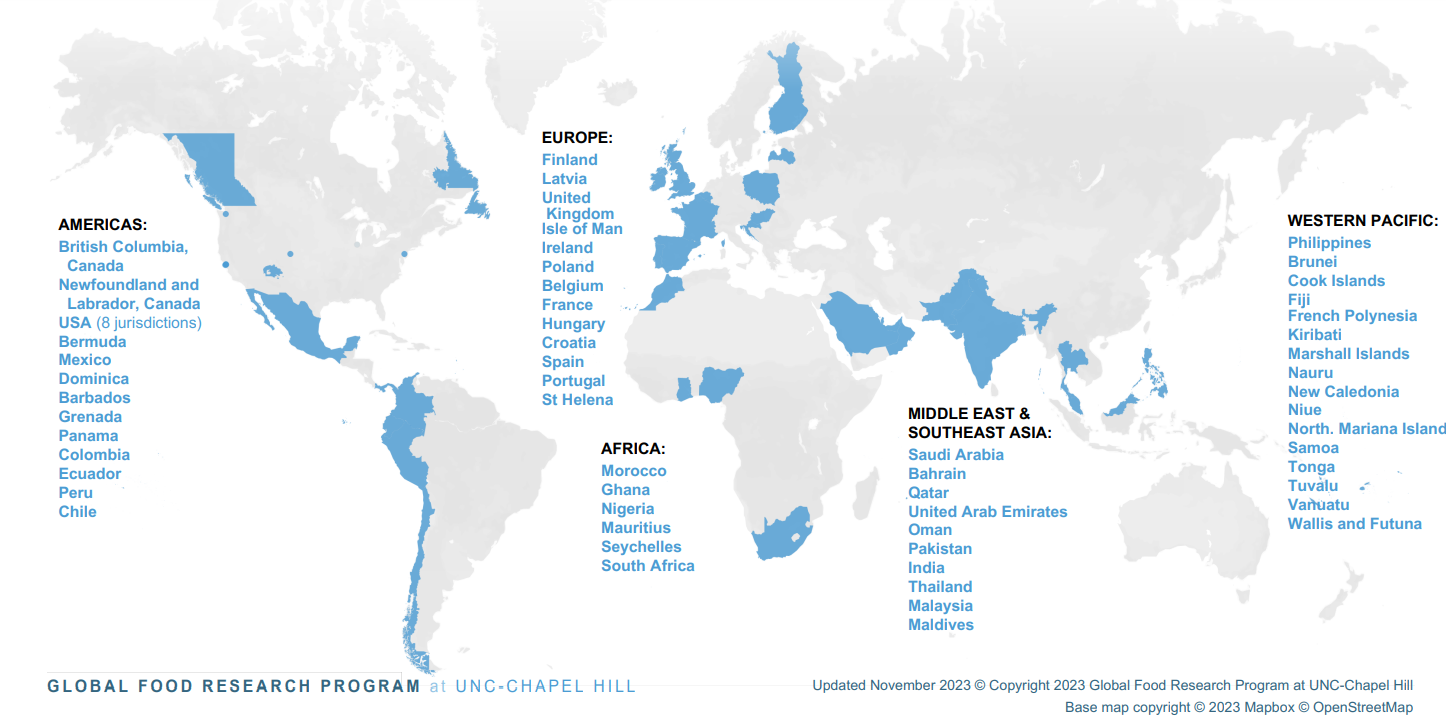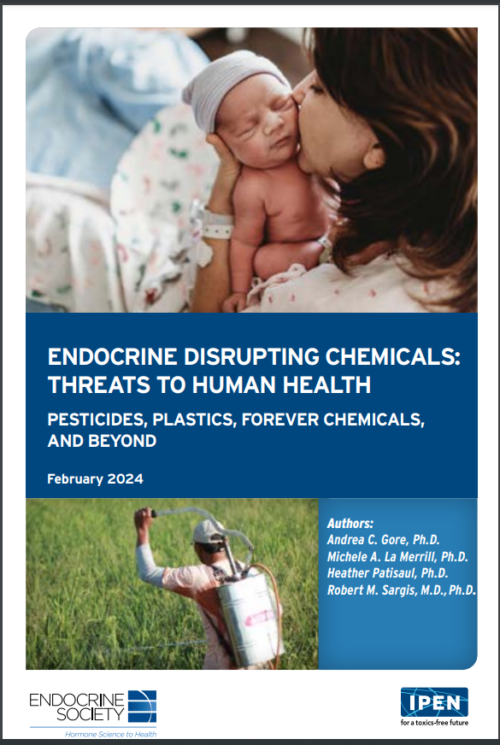Bad news: US food insecurity getting worse, not better
The USDA has released its annual report on Household Food Security in the United States in 2023.
The news is not good.
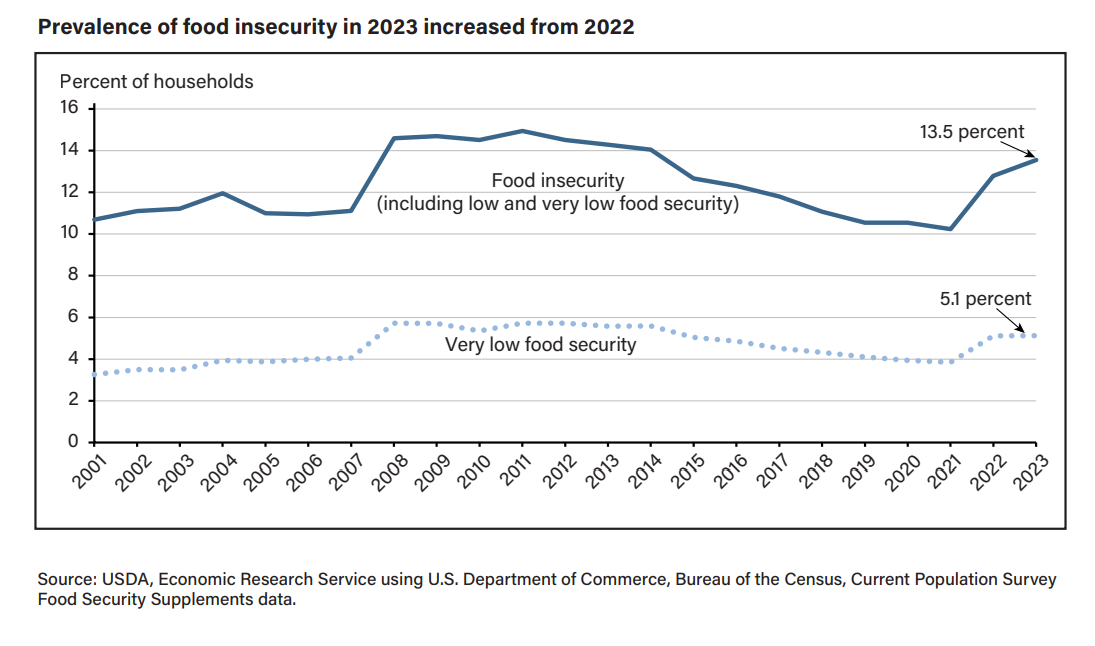
What’s especially tragic is the reversal of the pandemic decline in food insecurity.
Pandemic income support and higher SNAP benefits did exactly what they were supposed to. They reduced poverty.
Congress, in its infinite wisdom, stopped those benefits.
The results are entirely predictable.
These, alas, are political choices.
There’s an election coming up soon…
Resources
- Food Security in the U.S. Food security means access by all people at all times to enough food for an active, healthy life.
- Food Security in the United States
- Household Food Security in the United States in 2023: An estimated 13.5 percent of households (18.0 million) were food insecure in 2023, meaning they had difficulty at some time during the year providing enough food for all their members because of a lack of resources.
- Statistical Supplement to Household Food Security in the United States in 2023: Statistics presented in the supplement are based on data collected in the Current Population Survey (CPS) Food Security Supplement conducted in December 2023.

